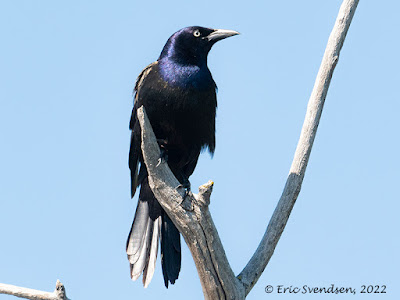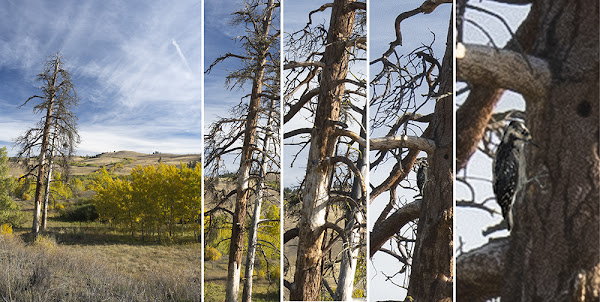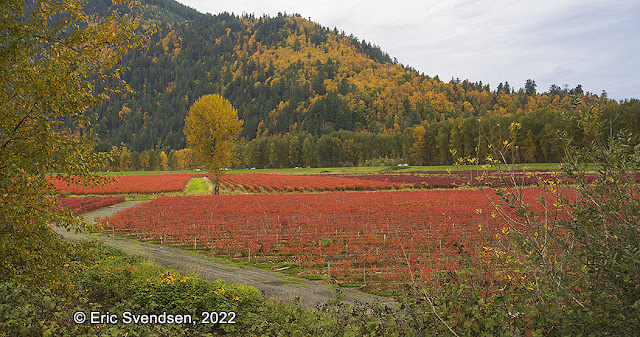Insects: Taking the good with the bad.

The total mass of ants alone on the plant surpasses the mass of humans. There are about 400,000 species of beetle representing about a quarter of all known animal species on Earth. Many species of insects are important pollinators and are responsible for the pollination of over one-third of all cultivated crops. Insects clean up dead plant and animal matter, returning important nutrients to the environment. The sheer number and mass of insects are profoundly important to the ecology of the planet, they are one of the most important links between plants and secondary consumers. We tend to be short-sighted in our quest to control nature. We see an immediate goal and do not look into how actions will create consequences later on. It is similar to playing a game of chess where a player thinks only one move ahead and does not consider how that move will impact later events. A good example of that is the use of DDT back in the 1940's where, as a gener...



























